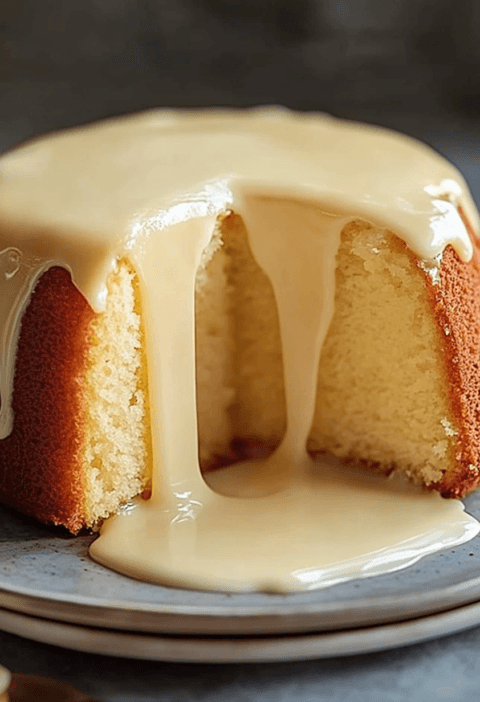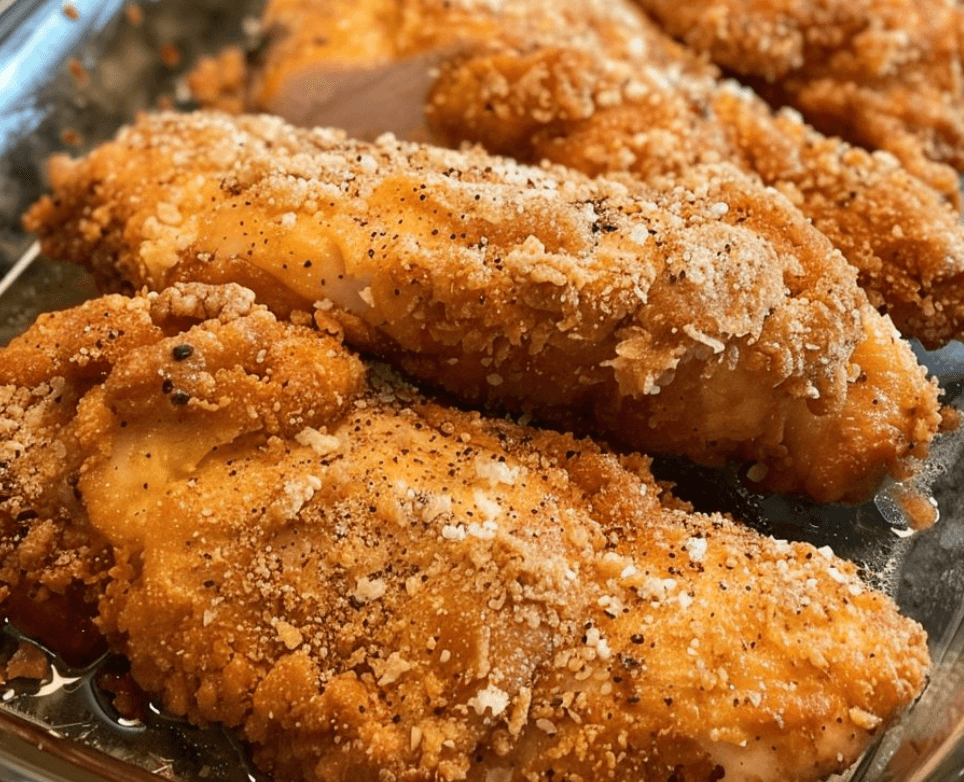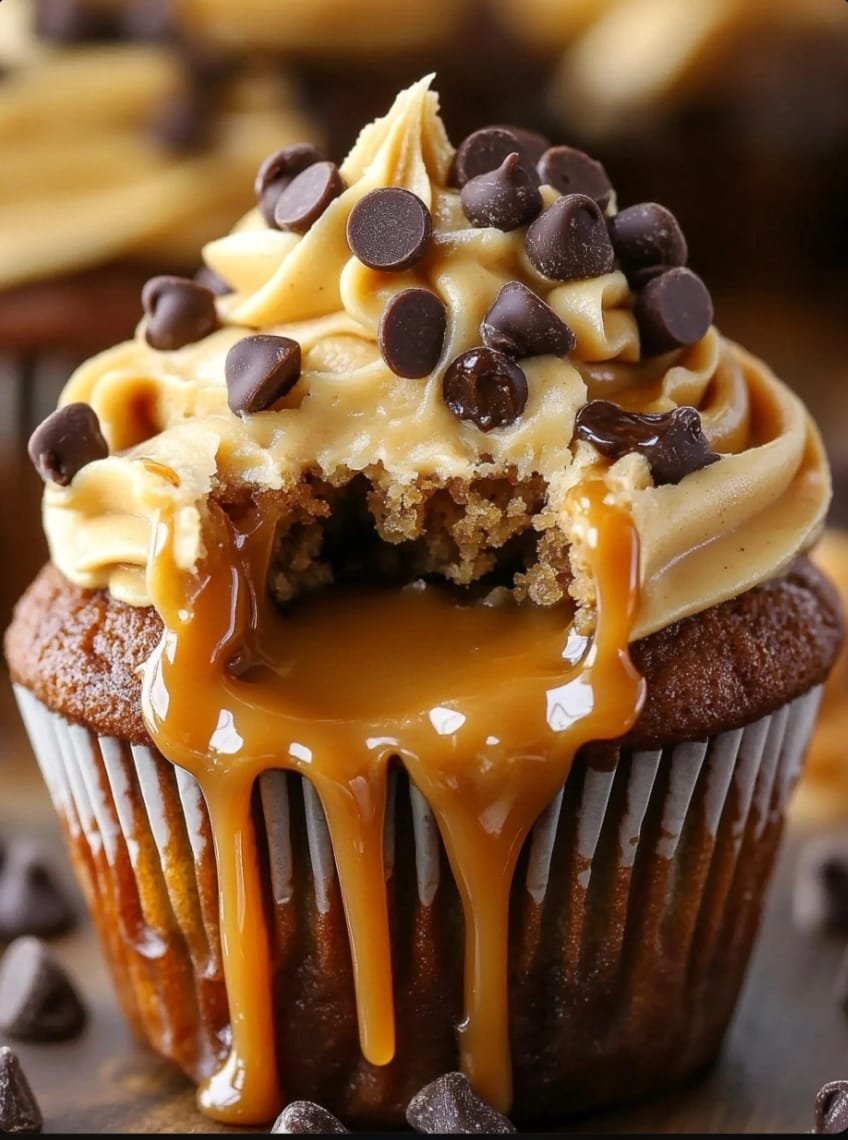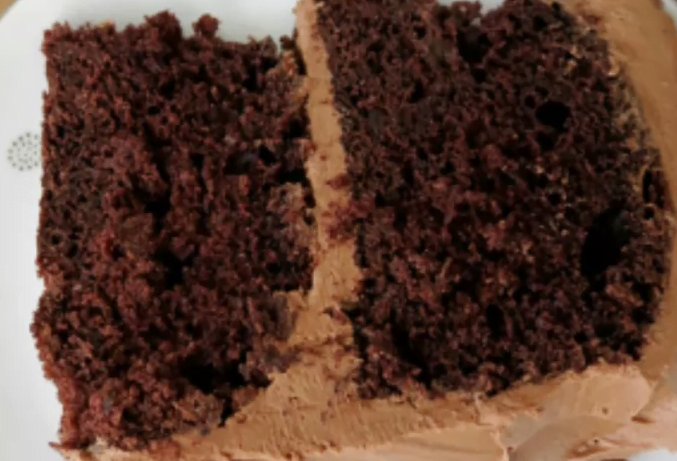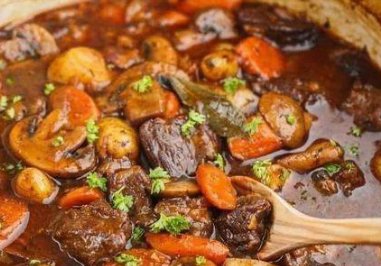Introduction
Welcome to the world of succulent and flavorful prime rib! If you’re a meat lover, this is the recipe you’ve been waiting for. Whether you’re hosting a special occasion or simply craving a deliciously indulgent meal, prime rib is the epitome of meaty perfection. In this article, we’ll guide you through the process of creating the best ever prime rib, from selecting the right cut to achieving that mouthwatering crust. So let’s dive in and discover the secrets to an unforgettable dining experience.
Why You’ll Love This Recipe
There are countless reasons why prime rib is beloved by meat enthusiasts all over the world. One of the standout features of this recipe is its simplicity. With just a few key ingredients and minimal effort, you can create a dish that will impress even the most discerning palates. The tenderness of the meat, combined with its rich flavor and juicy texture, makes every bite a true delight. Furthermore, prime rib is incredibly versatile, allowing you to customize it to your own preferences and experiment with different seasonings and cooking techniques.
Ingredients
To create the best ever prime rib, you’ll need the following ingredients:
– Prime rib roast (choose a well-marbled cut for maximum flavor) – Freshly ground black pepper – Kosher salt – Garlic powder – Onion powder – Dried thyme – Olive oil
Optional ingredient substitutions:
– Instead of dried thyme, you can use other herbs like rosemary or oregano for a different flavor profile. – If you prefer a garlic-infused prime rib, you can substitute garlic powder with fresh minced garlic.
Step-by-Step Instructions
Follow these simple steps to achieve prime rib perfection:
- Preheat your oven to 450°F (230°C).
- Pat the prime rib roast dry with paper towels, ensuring it’s at room temperature for even cooking.
- In a small bowl, mix together the black pepper, kosher salt, garlic powder, onion powder, and dried thyme.
- Drizzle the prime rib with olive oil, then generously rub the spice mixture all over the roast.
- Place the prime rib on a rack in a roasting pan, with the fat side facing up.
- Insert a meat thermometer into the thickest part of the roast, making sure it doesn’t touch the bone.
- Roast the prime rib in the preheated oven for 15 minutes to sear the outside.
- Reduce the oven temperature to 325°F (165°C) and continue roasting until the internal temperature reaches your desired level of doneness:
- Rare: 120°F (49°C) – 125°F (52°C)
- Medium Rare: 130°F (54°C) – 135°F (57°C)
- Medium: 140°F (60°C) – 145°F (63°C)
- Medium Well: 150°F (66°C) – 155°F (68°C)
- Well Done: 160°F (71°C) – 165°F (74°C)
Remember that the roast will continue to cook as it rests, so remove it from the oven when the temperature is a few degrees below your desired doneness.
Expert Tip: For a beautifully browned crust, you can increase the oven temperature to 500°F (260°C) for the last 10-15 minutes of cooking.
Expert Tips for Success
Here are some helpful tips to ensure your prime rib turns out perfectly:
– Bring the prime rib to room temperature before cooking. This helps the meat cook more evenly.
– Use a meat thermometer to accurately gauge the internal temperature of the roast.
– Let the prime rib rest for at least 20 minutes after cooking. This allows the juices to redistribute, resulting in a more tender and flavorful roast.
– Don’t be afraid to experiment with different seasonings and herbs to customize the flavor profile of your prime rib.
Common Mistakes to Avoid:
– Overcooking the prime rib can result in a dry and tough roast. Be mindful of the internal temperature and remove it from the oven at the right moment.
– Not allowing the meat to rest can cause the juices to escape, leading to a less juicy final product. Patience is key!
Variations and Substitutions
While a classic prime rib is undeniably delicious on its own, there are several ways you can put your own spin on this recipe:
– Create a flavorful herb crust by mixing fresh herbs like rosemary, thyme, and parsley with olive oil and coating the roast before cooking.
– For a smoky twist, use a smoker instead of an oven. The slow and low cooking method will infuse the meat with a rich and enticing smoky flavor.
– If you’re looking for a healthier alternative, try using a leaner cut of beef, such as a tenderloin, and adjust the cooking time accordingly.
When it comes to seasonings, the possibilities are endless. Feel free to experiment with different spice blends, marinades, or even a tangy barbecue sauce for a unique flavor experience.
Serving Suggestions
To complement the rich flavors of the prime rib, consider serving it with the following:
– Creamy horseradish sauce: The sharpness of horseradish pairs perfectly with the richness of the meat.
– Roasted vegetables: Choose seasonal veggies like carrots, Brussels sprouts, and potatoes for a hearty and comforting side dish.
– Yorkshire pudding: This traditional British accompaniment is made from a batter of flour, eggs, and milk, resulting in a crispy and fluffy delight.
– Red wine jus: A reduction of red wine, beef broth, and aromatics creates a luscious sauce that elevates the flavors of the prime rib.
FAQs
Q: Can I cook prime rib without a meat thermometer?
A: While a meat thermometer is highly recommended for achieving the desired level of doneness, you can estimate the cooking time based on the weight of the roast. However, this method is less precise and may result in over or undercooking.
Q: How do I store leftover prime rib?
A: If you have any leftovers (which is rare!), wrap the prime rib tightly in foil or plastic wrap and store it in the refrigerator. Consume it within 3-4 days for the best quality.
Q: Can I freeze prime rib?
A: Absolutely! To freeze, wrap the cooled prime rib tightly in plastic wrap and aluminum foil. Place it in a freezer bag or airtight container and use it within 2-3 months for optimal flavor.
Q: Can I reheat prime rib?
A: Yes, you can reheat prime rib by placing it in a preheated oven at 325°F (165°C) for about 10-15 minutes, or until warmed through. Be careful not to overcook it, as it can dry out.
Final Thoughts
Now that you have all the tools and knowledge to create the best ever prime rib, it’s time to roll up your sleeves and get cooking! Whether you’re celebrating a special occasion or simply treating yourself to a gourmet meal, this recipe is sure to impress. So gather your loved ones around the table, savor each bite of the tender and flavorful prime rib, and create unforgettable memories. Bon appétit!
Best Ever Prime Rib
Indulge in succulent and flavorful prime rib with this simple yet impressive recipe. Perfect for special occasions or a gourmet meal at home, this prime rib is tender, juicy, and bursting with rich flavors. Learn the secrets to achieving prime rib perfection and create unforgettable dining experiences.
Ingredients
- Prime rib roast
- Freshly ground black pepper
- Kosher salt
- Garlic powder
- Onion powder
- Dried thyme
- Olive oil
Directions
- Preheat your oven to 450°F (230°C).
- Pat the prime rib roast dry with paper towels, ensuring it's at room temperature for even cooking.
- In a small bowl, mix together the black pepper, kosher salt, garlic powder, onion powder, and dried thyme.
- Drizzle the prime rib with olive oil, then generously rub the spice mixture all over the roast.
- Place the prime rib on a rack in a roasting pan, with the fat side facing up.
- Insert a meat thermometer into the thickest part of the roast, ensuring it doesn't touch the bone.
- Roast the prime rib in the preheated oven for 15 minutes to sear the outside.
- Reduce the oven temperature to 325°F (165°C) and continue roasting until the internal temperature reaches your desired level of doneness.
- Remember that the roast will continue to cook as it rests, so remove it from the oven when the temperature is a few degrees below your desired doneness.
- For a beautifully browned crust, increase the oven temperature to 500°F (260°C) for the last 10-15 minutes of cooking.
Nutrition Facts


